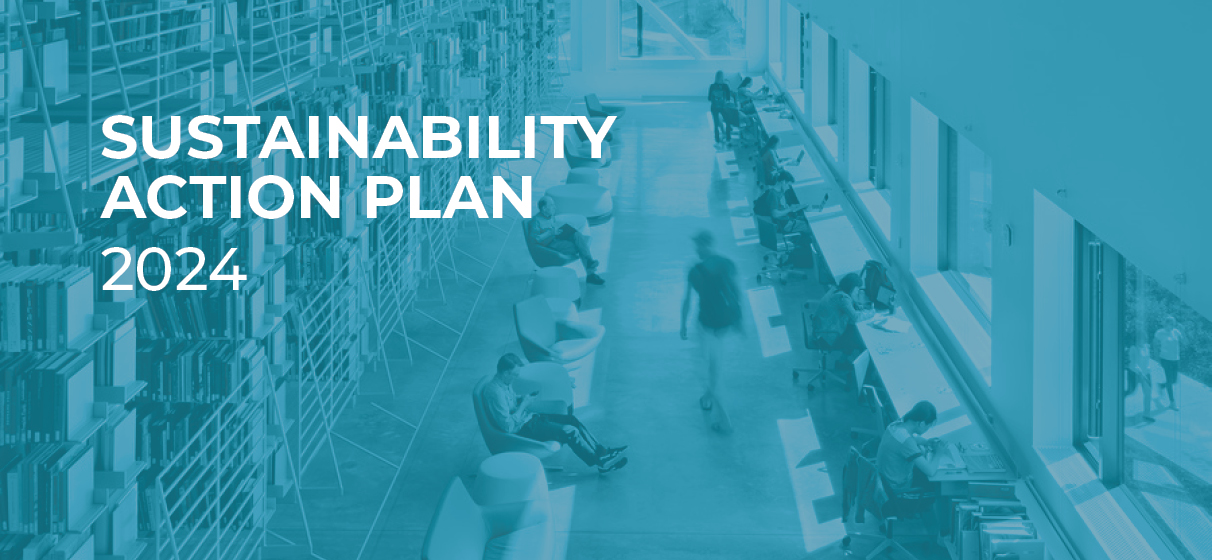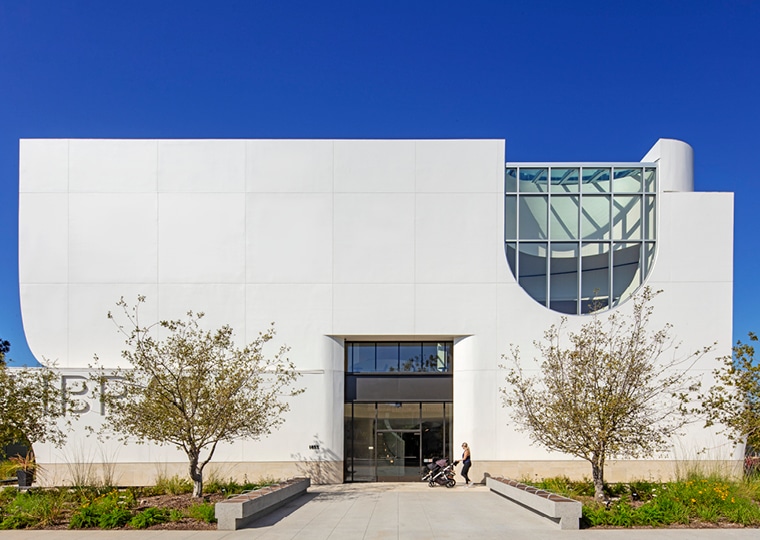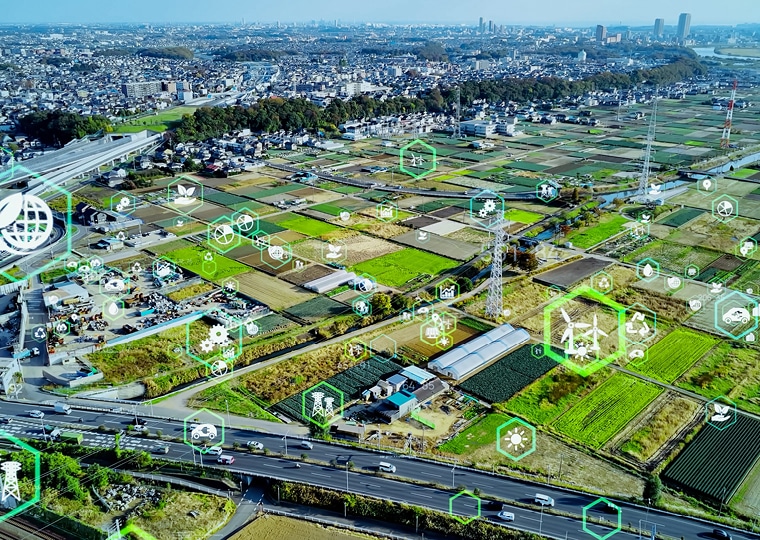The built environment “creates about 40% of the world’s carbon emissions. Unless we change how we design and build right now, climate change will become irreversible.”
The urgency of these words from the American Institute of Architects (AIA) resonates deeply with STV’s team as our organization is making a concerted effort towards a more sustainable future. To better align with the AIA 2030 Commitment, which aims to make carbon neutrality a design standard by 2030, STV recently released its first Sustainability Action Plan (SAP).
When STV signed on to the AIA 2030 Commitment in 2023, we promised to identify actionable steps towards more ambitious environmental stewardship. Building upon the foundation laid by our Embodied Carbon Action Plan (ECAP) – which focuses on reducing embodied carbon emissions within structural systems in alignment with the Structural Engineers 2050 Commitment (SE 2050) – the SAP represents a comprehensive strategy to reduce environmental impacts across our multidisciplinary design services. While the primary focus of the SAP remains on reducing greenhouse gas emissions throughout the life cycle stages of buildings, it also prioritizes preventing other forms of environmental degradation; advocates for the conservation of resources, especially of energy, water and materials; and identifies strategies to advance our fluency in sustainable design practices through education and advocacy.
Our SAP is the result of extensive collaboration and input from key stakeholders across STV. Spearheaded by the firm’s sustainable design practice, including Lauren Alger, Meghan Timmons and Rajvi Shah, the team worked closely with building’s design experts, including Toussaint Jimenez-Rojas, Valerie Jimenez, Madhuri Subramaniam, Peter Burger and Berke Celikel, to ensure the SAP accurately reflects STV’s priorities and insights.
“Our collaborative approach allowed the SAP to reflect a comprehensive understanding of our current design processes, priorities and project observations while outlining our future goals,” said Lauren Alger, P.E., ENV SP, STV director of sustainable design. “In particular, integrating the discipline-driven perspectives of our architectural, MEP and environmental sustainable design champions was invaluable in shaping the priorities outlined in the plan.”
The SAP translates values and aspirations into a comprehensive strategy, and outlines key elements to guide our sustainability efforts:
- Design and Approach: Incorporating sustainable design best practices into team workflows.
- Governance and Reporting: Holistically evaluating our sustainable design portfolio.
- Education and Advocacy: Educating our teams and expanding industry knowledge.
- Operations and Outlook: Applying sustainability principles to corporate operations.
In addition to the SAP itself, the AIA 2030 Commitment requires firms to track energy performance and progress toward goals, visualize their project portfolios, and benchmark projects against industry averages. To meet this requirement, STV’s Sustainable Design team is collaborating with project managers and project teams to collect pertinent data for relevant ongoing projects, tracking performance metrics including energy efficiency, associated project emissions and use of renewable energy sources.
“Ultimately, our goal is to understand how STV projects contribute to a reduction in pollution and enhance ecological stewardship at a holistic level,” said Meghan Timmons, ENV SP, sustainable design specialist at STV. “Through a comprehensive analysis of the environmental impacts tied to specific design features, our team can pinpoint effective strategies for mitigating negative impacts and continuously refine our approach based on lessons learned.”
Click here to read STV’s 2024 Sustainability Action Plan.







